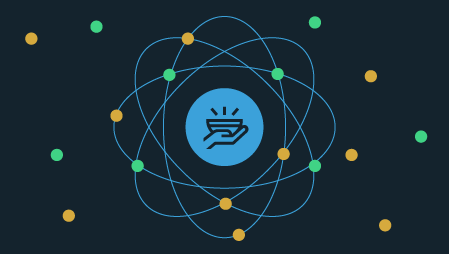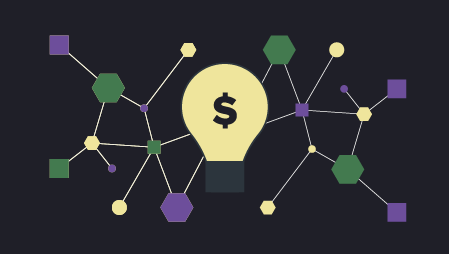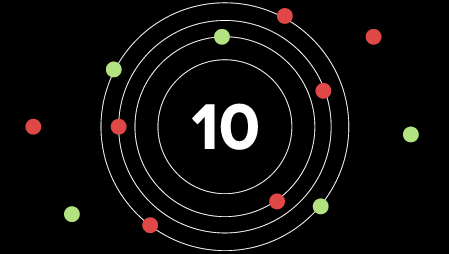Ready to learn Internet of Things? Browse courses like Securing Enterprise Internet of Things Implementations developed by industry thought leaders and Experfy in Harvard Innovation Lab.
When the Internet of Things burst on the scene, it allowed consumers to monitor an infinite number of objects, from thermostats and household appliances to security systems and smart cars. But as IoT applications expand, its industrial counterpart—the Industrial Internet of Things (IIoT)—is forcing facilities and industrials to sit up and take notice. The influx of inexpensive computing power, big data analytics and machine learning are changing every level of industry, driving new methods of revealing patterns, problems and solutions. The efficiencies (specifically cost and speed) provided by the IIoT will see more companies normalizing its benefits in the upcoming year.
IIoT incorporates machine learning and big data technology to capture and communicate data in real-time in order to identify inefficiencies and avoid costly breakdowns. The benefits of IIoT are becoming more apparent as industry experts begin to take advantage of emerging opportunities that can transform business. While benefits such as connectivity, efficiency and reliability are at the forefront, many features of IIoT technology also bring significant financial rewards. Leveraging IIoT technologies to uncover inefficiencies in processes and turning them into working capital empowers industry to remain competitive in today’s global economy.
New opportunities for industry
>
According to analysts as ABI Research, the expanding use of IoT-based applications in business is driving more companies to leverage machine learning technologies for data analytics. In fact, as machine-learning-as-a-service (MLaaS) models take off, they estimate that revenues from machine learning-based data analytics tools and services will reach nearly $20B in 2021. Because the MLaaS model streamlines implementation of machine learning, it is more accessible to the business sector, especially small-to-medium sized companies.
Several factors have contributed to the competitive advantage provided by big data: falling costs, simpler collection methods and better analysis. The drastically reduced cost of CPUs and data storage have allowed companies to utilize big data and analytics applications that previously would have been unaffordable for them. In addition, commodity tools are now available that make this possible without having to heavily invest in staff and infrastructure. As data scientists become more proficient at finding value in data, analytics will continue to improve.
While machine learning in the past was used to address application-specific problems, it is now believed to be just one component of a larger system. This has led to the development of more general purpose tools that can be leveraged across a broad range of varying industries and use cases. Leveraging ML enables processes to be automatically re-calibrated and optimized for reduced cycle times, allowing for increased product development and resulting in more precise decision-making.
IIoT the key to success
>
A recent Genpact Research Institute survey of 173 senior executives found that while 81 percent of industrial companies believe adoption of the Industrial Internet of Things is the key to future success, only 25 percent of them have a clear IIoT strategy. The report also revealed that certain obstacles have prevented wider adoption of the IIoT, specifically those related to the interconnectivity of machines and sensors through data and analytics. Other concerns had to do with the quality of data generated by the IIoT, as well as its potential to act as a conduit for future cybersecurity attacks.
The majority of the executives said that the ability to spur growth was dependent on several key factors, such as cost, effective, flexible implementation and regulatory compliance with industry standards. IIoT is critical to the future success of industries including healthcare, manufacturing, retail and hospitality and government. Effective development of a clear IIoT strategy that protects sensitive data from cybersecurity attacks is expected to have a significant impact on business growth.
The future of IIoT
>
The IIoT offers the potential for significant improvements in manufacturing productivity and quality by providing information on every aspect of productive assets while enabling people and programs to make the necessary adjustments to optimize their performance. It also has the potential to greatly expand the impact of machine learning by making information generated by sensor technology immediately available in order to recognize correlations and trends. This, in turn, can then be used to make better decisions and improvements to production processes.
According to GE Digital, investment in the Industrial Internet of Things will reach $60T by 2030 with over 50B assets—machines, equipment, turbines, rolling stock etc.—connected to the Internet. As machine learning evolves, it will continue to be a major player in changing how industries evaluate their internal enterprise processes. In a growing global market, whether a business incorporates the IIoT into its practices will play a key role in its success in the coming decades.
Originally published at insideBIGDATA



